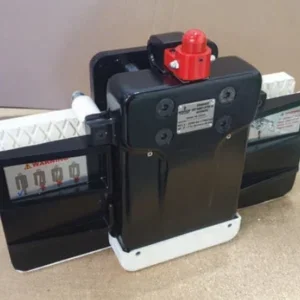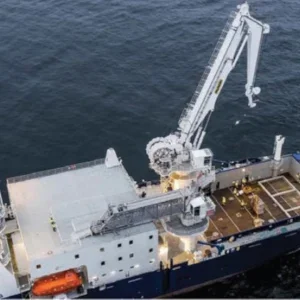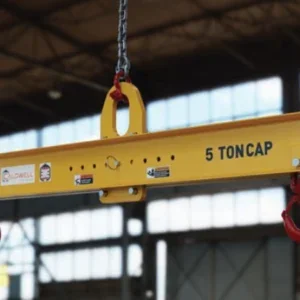For example, the company says that once the framing is placed for structural loads, glass opening allowances, doorways and wireways, the remaining areas are metal skinned inside and out with insulation between for heating and cooling as well as noise reduction.
Glass, it continues, commonly covers at least three of the four walls of a crane’s cab to provide the operator maximum sightlines and provide protections.
“The thickness begins at a quarter-inch thick with an air gap between two panes and the second glass layer can increase from there based on the environment a crane will be in,” says Morgan. “For example, glass on a cab in a melt shop needs to withstand explosions and much higher temperatures than a lightweight crane running for general use in a balanced environment. When extreme heat is present, the double-pane glass will have the same look, but the second pane will be a heat shield for extra security. It can have added coatings for IR, anti-glare, and tinting as needed for specialty applications. Along with insulating the structure for temperature control, it can also significantly dampen sounds. This protects the hearing health of the operator.”
Morgan Engineering say it can also design the glass to tilt, be replaceable, or slide for cleaning needs.
Depending on the crane’s operational environment, meanwhile, the HVAC system in an overhead crane’s cab might include aircon, heating and filtration systems.
Finally, Morgan says that operator chairs are designed for comfort and to reduce fatigue, and that they can be equipped with pneumatic suspension and heated seats.
You can read the Morgan Engineering blog in its entirety at https://shorturl.at/fitBM.






